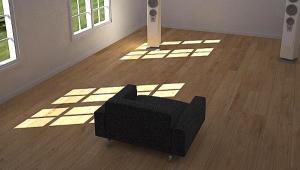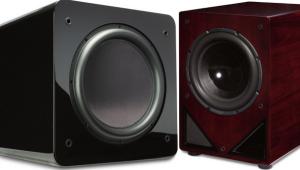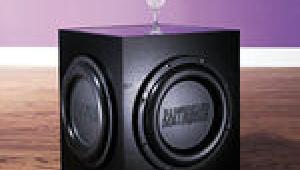What You Need to Know About Wireless Multiroom Music Systems Page 2
Proprietary systems are just that: an app and wireless transmission scheme that’s special to one manufacturer. You are therefore restricted to using that manufacturer’s speakers and modules. If you use an amp/player module or a preamp/player from a proprietary system to drive your own speakers or existing audio system, you’ll still exert some control over sound quality (provided the system has good electronics, which most do). On the other hand, if you plan to drop a bunch of self-contained powered speakers around the house, or expand your system later to include a compatible soundbar, for example, you’ll be stuck with that brand’s offerings, which may or may not suit your sonic tastes or quality expectations.
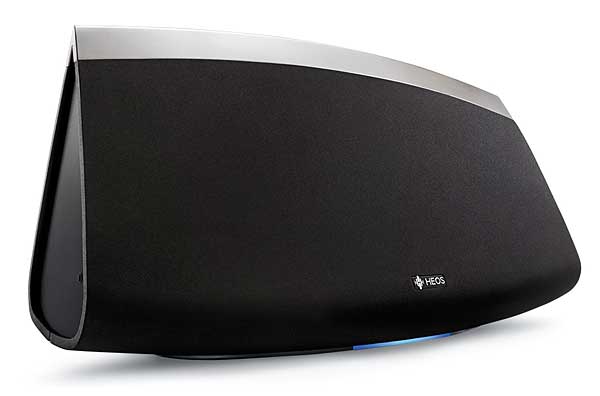
On the surface, it might seem like a slam-dunk to go with an open system; who would want to be locked in if there’s another choice? But there are those other points to consider, such as…
Streaming and Source Options. This is common sense. If you’re addicted to Pandora or you have a subscription to SiriusXM you currently use at home with your big audio rack, you’ll miss it if it’s not available on your new multiroom rig. So do your homework on what each system offers, while also accepting that nothing is set in stone: There’s always a chance that a service provided today through your platform may be gone at some point if the manufacturer and the service choose not to renew their agreement. Be aware, too, of which services require a paid subscription. If you have a free Spotify account today, you may be bummed to find that using Spotify on Sonos or the Spotify Connect app on any number of other multiroom platforms requires paying for their premium service.
Multiroom audio is used mostly for background music rather than serious listening, and most listening gets done from the streaming services or a drive-based digital library. But the ability to plug in a CD player or even a turntable as another source and send that music to other zones may be enticing. If it is, zero in on systems that offer player modules, speakers, or separate components with digital or analog connections. A speaker that has a separate optical or analog line input, as the Bluesound speakers do, can be used to hook in the output of a local TV or cable box, for example. Yamaha’s MusicCast-compliant A/V receivers will make all the sources connected to your AVR available for distribution.
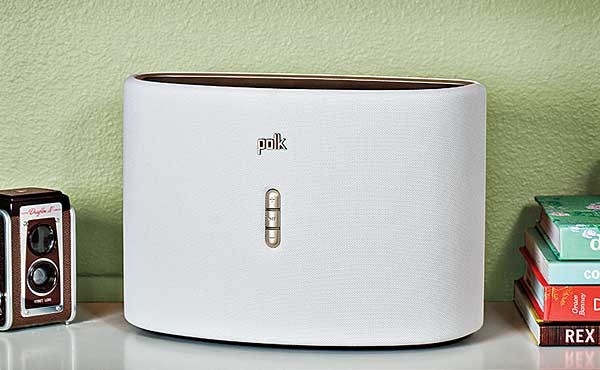
Sound Quality. There’s more here than meets the eye. Most obvious is both the execution and the sonic signature of the powered speakers available for your particular multiroom platform, characteristics that vary as much here as they do among the universe of passive loudspeakers. It has helped that Sonos, as the longtime leader in the field, has always taken sound quality seriously, leaving a reasonably high benchmark for the Johnny-come-latelies. We’ve also seen the upper limit of the quality spectrum take a leap with the entry into multiroom of some of those better-known speaker brands, and even from Sonos with the recent revamp of their classic PLAY:5 system. Some of these speakers, including most Sonos models and those from Paradigm’s Premium Wireless series, even feature automated room correction EQ to improve audio quality from what is often a less than ideal speaker placement.

The last consideration on sound quality is compatibility with late-generation hi-res audio files. All of the systems use Wi-Fi—which has bandwidth to transmit hi-res—to at least enable control from your phone or tablet. Many also use your local Wi-Fi network to send the music signal, while others have a proprietary transmission scheme. Either way, the system might or might not recognize hi-res files in your library, or downconvert them for transmission to the speaker or player module. The DTS Play-Fi systems, for example, are hi-res compliant up to 192-kHz/24-bit, but converts to 48-kHz/16-bit for wireless streaming around your home. Some of the proprietary systems, including Bluesound, Raumfeld, and Yamaha MusicCast, accept and transmit higher-resolution files. And Sonos, which uses its own wireless mesh network for music distribution, doesn’t even support files with sampling rates beyond 48 kHz. Whether this matters to you will depend on how much hi-res music you own today and what you anticipate for the future. Keep in mind that, for the moment anyway, the best streaming services are still only CD quality, and the vast majority don’t even offer that level of fidelity. And consider this: Do you want a more friendly control app and a more robust, reliable wireless link? Or do you want hi-res compliance for a multiroom audio system that you’ll mostly be using for background music?
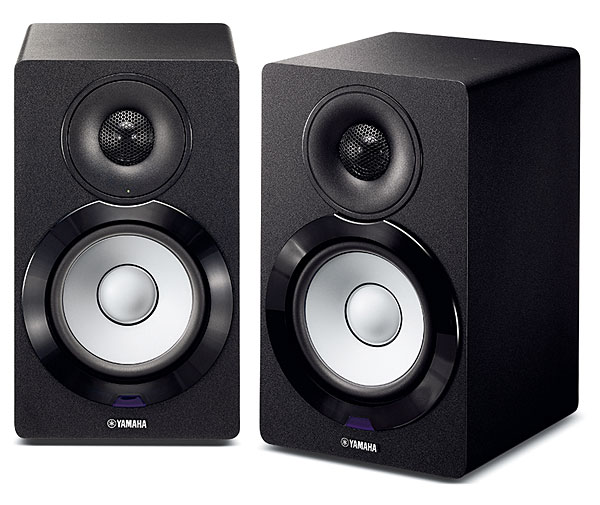
Control App. I’ve saved what some would argue is the most critical element for last: the control app that you use to engage with the system. You’ll rely on the app for three primary functions: selecting the room or zone, selecting the music to be played there, and adjusting volume. As part of its room selection scheme, the system must also accommodate the joining of rooms into groups that will together play the same music, if that’s desired. If the app features engaging graphics and intuitive operation for these functions, your system will be a joy to use, and you’ll reach for it every chance you get. If it fails to do so and annoys you when you just want to perform the simple everyday tasks, it almost doesn’t matter how good the system sounds; you won’t want to use it.
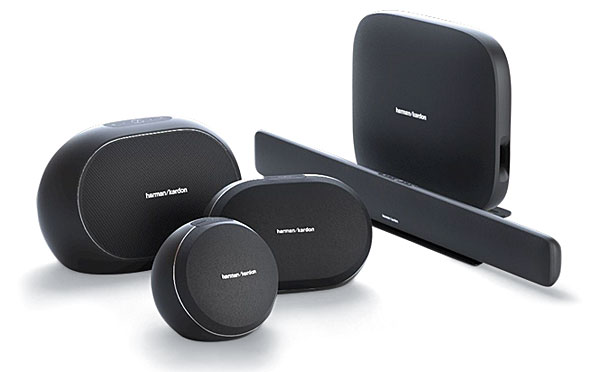
This is another area where Sonos’ head start has allowed the company to fine-tune the user experience to a degree that other brands strive to achieve, and where the latecomers have a good example to work from. Sometimes they’ve taken the lesson, sometimes not. Unfortunately, there are no specs that can tell you how good a system’s control app is; you have to get hands on. And there’s always a bit of a learning curve with any new interface. But you can often download the app beforehand and at least try it out in demo mode, or you might get a live demo at an electronics retailer or a friend’s home. Expert product reviews and online user reviews can also give you insight. At Sound & Vision, we’ve been systematically working our way through reviews of updated Sonos products like the PLAY:5 and various emerging multiroom ecosystems. You’ll find these in our Wireless Speaker Reviews section. And, as an up-to-date companion to this story, we put seven entry-level multiroom speakers and their apps to the test; see "Wireless Wonders: 7 Wireless Speakers Reviewed" here.
What was once a toy of the rich is now affordable, and scalable, for everyone. There’s little excuse left not to enjoy the convenience of music anywhere in your home. Whether you jump in right away with a full multiroom system or test the waters with one or two inexpensive $200 countertop speakers and their companion app, you’ll likely soon find that you’re listening to more music, and discovering more new music, than ever before.

